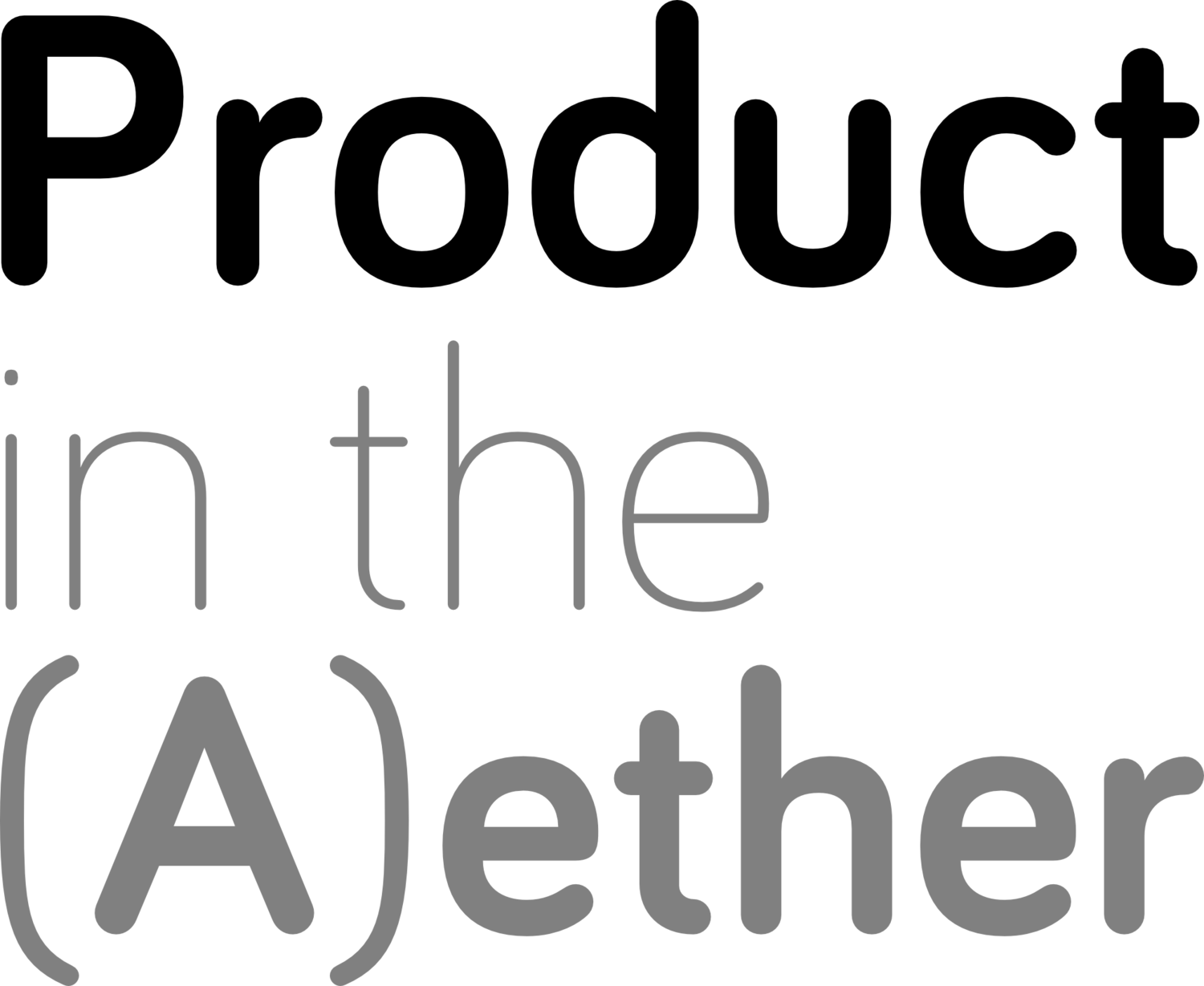PITA 017
TOPIC 1: Winning over stakeholders who aren’t convinced teams should be (relatively) autonomous
Try to understand WHY they feel that way
I would ask them to describe how they define “autonomy”
Look into the limiting factors - setting gates for limited autonomy
Walk them through it, do it with training wheels the first time / negotiate a trial period for an experiment with this approach, set KPIs
and build on that with good retro’s so people on all sides can learn what works....
What is the right thing for this circumstance?
Overcommunicate your intent: risks, intent, how it’s going to work, make them feel safe
Try it out with one team (giving them time to adjust after chaos)
TOPIC 2: What's the worst question you've ever been asked in a job interview?
So, how do you feel about Porn?
Do you plan to get pregnant anytime soon?
CV not identical to LinkedIn - why is that so?
What social media do you use/follow? What blogs do you read?
After mentioning salary expectations: “Show a pay slip from the previous employer”
From SF to middle america: So WHERE exactly do you live?
TOPIC 3: For anyone practising continuous discovery, any tips/how’re you managing it?
Don't forget! 2 hours every 6 weeks - User research in government
Teresa Torres
Have some active questions that you want answered all the time - a backlog of hypotheses
Doesn’t have to be interviews - you can do other kinds of research and experiments,some can be automated - a feedback widget, for example
Talk to the Support team
Watch the space - follow news in the industry, what competitors or conceptually similar products are doing or struggling with, reviews for competitors and such
Discovery can be generative, research validates
The Mom Test book
Integrating Design, UX and Hypotheses into Agile Development
Office Open Hours
Sit in on client demos/pitches
Sometimes randomly asking certain users to do a self-recorded walk through what they do and think out loud. It’s actually sometimes even better if you’re not there to ask further Qs and can follow up later.
Get your boss and other team members involved to get them, committed
Also use tools such as Logrocket, although it’s difficult to pick what to go through
Ethnographic techniques are good
TOPIC 4: What’s the most important thing for a team without a product manager or owner to know / think / do?
Prioritisation - make the decision
Communication
Strategic and Tactical vision / stepping back from the canvas
Focus on delivering VALUE not just working code
Question if product management doesn’t already happen but in different ways - through the CEO, people form the team, etc.
Question if the people there understand USER needs or BUSINESS needs
Maybe try an exercise along the lines of… what outcomes is the team trying to achieve this year - how are they being focused on - what do we know about why these are important…and not allow them to mention any specific features
Define the PROBLEM and what success looks like, not how to achieve it
TOPIC 5: What are the most common myths in product management?
You have to LOVE your product
PO is the assistant to the PM
The Product Manager is in control
That we can predict the future, as everyone is asking us ‘When can I have it?’
That we’re CEO of the product
You’re not actually a manager
That we’re the most hated person in the company
PMs need to be technical
PMs should not be technical
We’re only there to prioritise
You can be a good PM with no domain knowledge - a good PM can do any product
We’re responsible for making the developers happy
You can fit anything into a quarter / a sprint
That it’s a cool job
That it’s fun and not stressful

